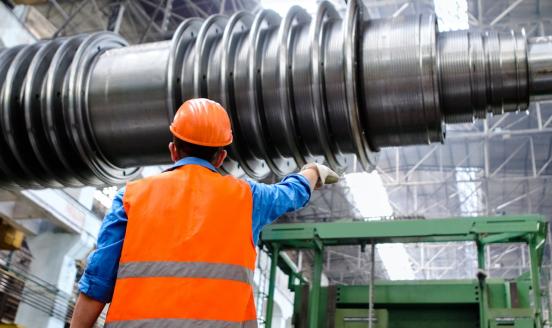Blog post
Can Europe survive without Russian gas?
Replacing 130 bcm of natural gas imports from Russia within a year would be a significant challenge, but, as our rough estimates show, not impossible.
Read our comments on Ukraine and Russia 'Eastern promises: The IMF-Ukraine bailout', 'Interactive chart: How Europe can replace Russian gas', 'The cost of escalating sanctions on Russia over Ukraine and Crimea', 'Russian roulette', 'Blogs review: Wild Wild East' and 'Gas imports: Ukraine's expensive addiction'
Based on interactions with various stakeholders we updated several figures on March 25th.
- Increasing imports from North Africa by 15 bcm will be difficult, as existing pipeline capacities to Italy are fully used already, while increasing exports to Spain will not be helpful, as no additional gas can be brought from the Iberian Peninsula to the rest of Europe. We adjust our estimate to 5 bcm.
- The numbers for district heating gas consumption were largely overstated. We correct the corresponding numbers to 10 bcm. As it is anyway the most expensive option, it would have only been selected as a last resort.
- Switching district heating from gas to oil in the import constraint countries Finland, Latvia and Estonia is, however, possible. Switching in Lithuania seems to be more difficult. Here, in the short term other options need to be developed. In the medium term Lithuania will install a floating LNG regasification terminal to allow gas imports from international LNG markets.
- Increasing production in the Netherlands is technically possible, possibly much more than the 20 bcm we put. However, the Dutch government might be quite reluctant to allow even 20 bcm of additional production, as it just issued legislation to reduce production in order to control the gas-production induced seismic activities. So it is a question of political will and compensations. Hence we stick to the 20 bcm/y.
- Power production from natural gas plays an important role in the UK and Italy. It will not be possible to fully replace those plants, given the lack of alternative capacities. We corrected the potential gas savings from 60 bcm/y to 40 bcm/y.
- With these adjustments, we conclude that up to 190 bcm of alternative supplies might be available for the coming year.



